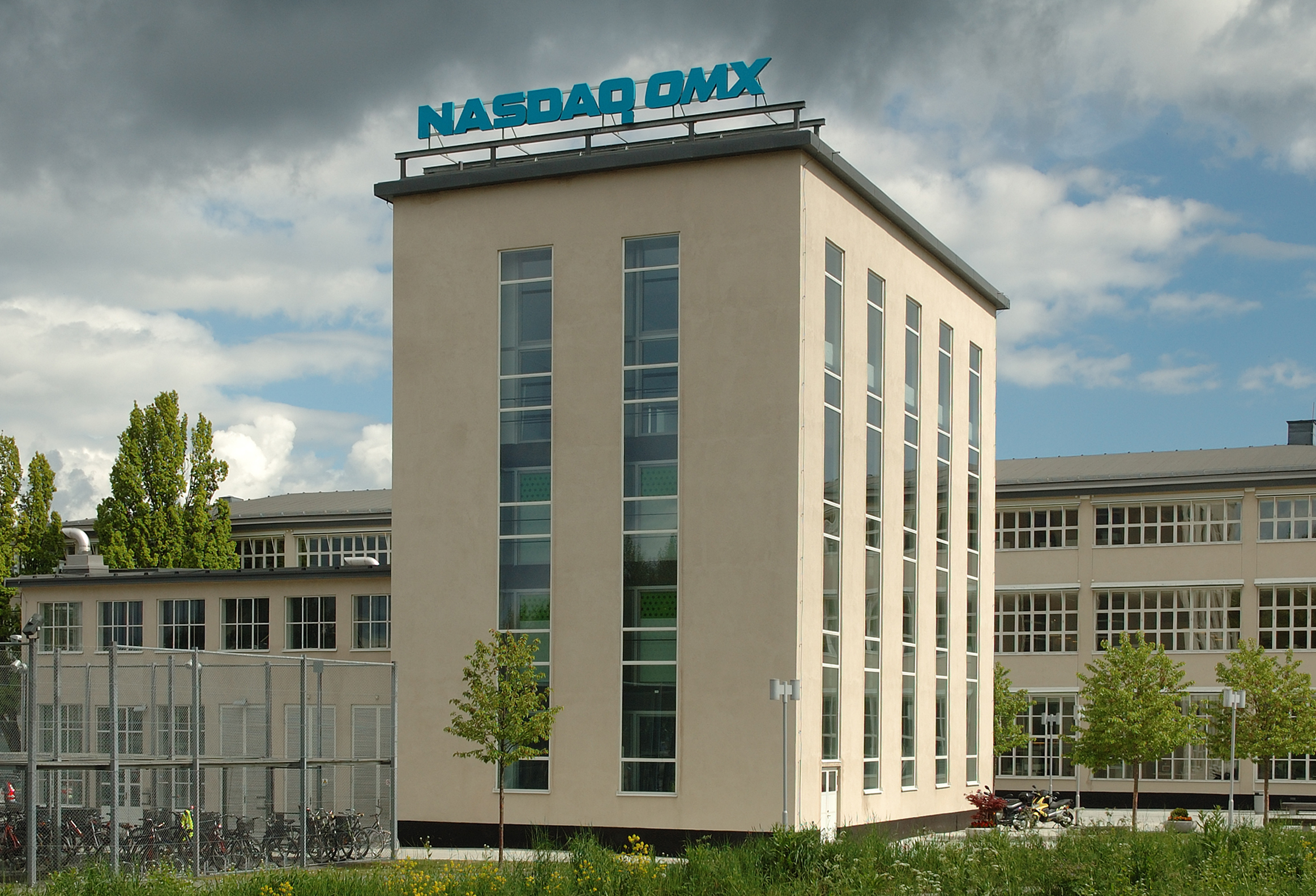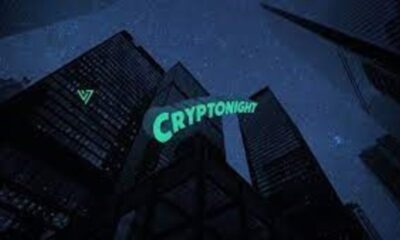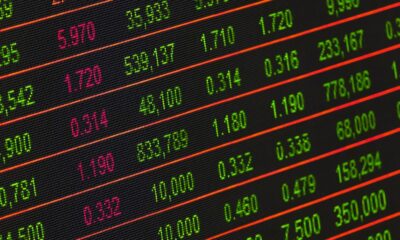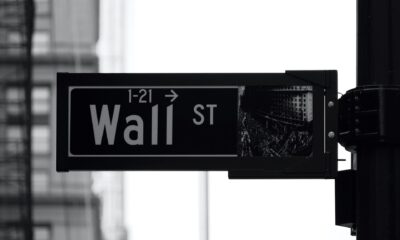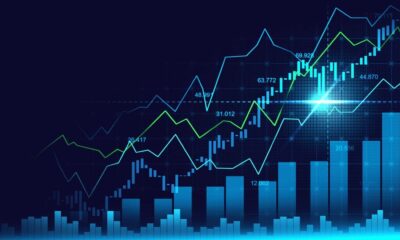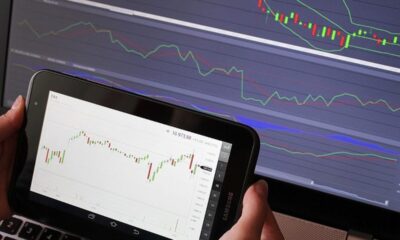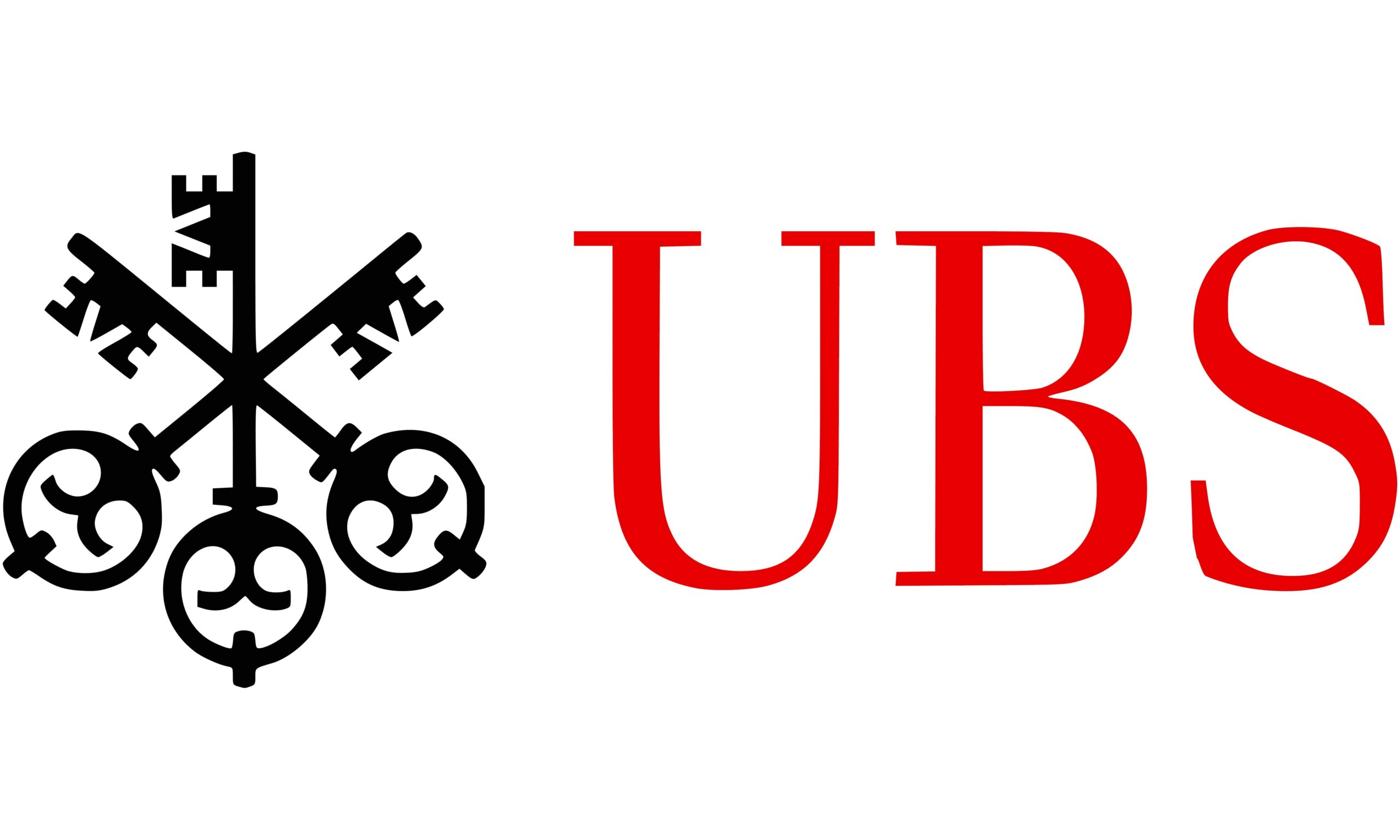Så här går börsen i dag 20170310 är en analys som kommer från Axiers analysarkiv och skrevs den 10/3-2017. Analyserna i arkivet är tillgängliga för Axiers betalande prenumeranter.
Så här går börsen i dag 20170310 Våra OMX-analyser kan fungera som ett av flera beslutsstöd för den som handlar med börshandlade fonder, ETFer, som följer Stockholmsbörsens index, till exempel XACT OMX eller SpotR, nedan finner Ni Så här går börsen i dag 20170310. Vill Du också läsa dem varje dag? Anmäl Dig för en provprenumeration på Axiers hemsida.
Anmäl Dig här för att prova Axier dagliga tekniska analyser
OMX S30 skapar en kilformation
OMX S30 index 1 593,25
OMXS steg i den tidiga handeln på torsdagen till 1 603, som högst. Värdet är det högsta i år och är en reaktion på räntehöjningen i USA. Federal Reserve höjde räntan med 0,25 procent enheter till 1,0 procent. Detta var den tredje höjningen, där höjningen inleddes i december 2015 och följdes av en andra höjning i december 2016. FED har tidigare förvarnat att man troligen kommer att höja räntan vid tre tillfällen under 2017. Nästa policymöte hålls i maj månad.
Höjningen för i första hand ses som ett försök att kyla av det stora inflationshotet på sikt som är börsen. Börsens lång uppgång sedan mars 2009 oroar FED och de vill inte få skulden för att inte agerat inför den bubbla som med tiden med sannolikhet kommer att briserar.
Höjningen och kommande höjningar kommer att ge pensionsfonderna en möjlighet att kunna avkasta en del, då de med extrem låg ränta under lång tid tappat en hel del av sin tidigare förmåga till avkastning. Räntan från Feds sida låg still på 0,25 procent under i stort sett 5 år från 2010. Ett tag under finanskrisen var räntan nere på 0.
Aktiemarknaden reagerade positivt på höjningen mycket beroende på att Fed kommunicerat sin räntehöjning under de senaste månaderna.
OMX S30 måste nu stänga över 1 600-nivån för att få en fortsatt uppgång bekräftad. Dessautom måste index stanna över den nivån då endast någon dag över 1 600 ger inte den styrka som behövs för en fortsättning.
Även om index inte bryter upp bestående nu, så räknar jag med att vi får denna uppgång med en viss fördröjning. Motståndet vid 1 627-1 628 ligger först på tur för ett test. Bryts den nivån öppnar det hela sig för en fortsättning till 1 668-1 670. I det läge är det de gamla topparna i intervallet 1 669-1 720, som sannolikt kommer att skapa en viss oror i marknaden. Det är det vanliga när mönstret när en gammal topp ska testas.
Den långsiktiga trenden är stigande och så länge vi får in högre bottnar och högre toppar bekräftas en fortsatt uppgång. Vi vet ju också att rekylerna är kortare i tid än uppgångarna i en långsiktig uppgång. Det är omvänt i en fallande trend. Ett relativt enkelt sätt att följa trenden.
Våren är som jag tidigare tolkat det hela ett stort ”minfält” beroende på att vi genom historien haft ett flertal viktiga toppar och bottnar under perioden mars till mitten av april.
Toppen den 7 mars 2000 medverkar nu i mars liksom botten den 11 mars 2003. Nästa viktiga signal infann sig vid 593 den 9 mars 2009. Till den senare är det nu 8 år och det var denna som medverkade till att skapa topparna i början av mars fram till 1 600 den 13 mars.
Det kommer mer rytmer som vill vara med och sätta sina spår i graferna. Nästa som vi jobbar med är den 26-27 mars och sedan mitten av april, där skärtorsdagen infinner sig den 13 april.
Även om vi skulle få viktiga toppar under våren handlar det till sist om att agera först på säljsignalerna i form av lägre toppar. En toppformation tar normal minst 3 månader att fullborda. Ibland tar det längre tid som år 2000 då det krävdes hela 6 månader innan de negativa signalerna gav full effekt.
Stochastic
Lång sikt: Månadsstochastic 93,0 och 80,8 stigande
Medellång sikt: Veckostochastic 90,4 och 90,4 stigande
Kort sikt: Dagsstochastic 71,0 och 68,6 stigande
Tidigare toppar och bottnar
(Uppdaterad 16 mars -17)
Rekordnoteringen 1 720 kom in den 27 april 2015, där vi hade ytterligare en topp vid 1 719 den 19 mars 2015. Dessa båda tidpunkter är i fortsättningen viktiga när vi räknar på nya reaktionspunkter.
Uppgången från den 9 mars 2009 är nu uppe i åtta, när vi nu passerat den 9 mars 2017. Den längsta uppgången i börsens historik i New York är 8 år och 1 månad, vilket är det samma som 420 veckor och det värde vi arbetar med i olika sammanhang. Vi använder oss oftast av 420 dagar, vilket är det samma som 60 veckor. Detta gör det mycket intressant nu under våren 2017, när börsen går in mot en förväntad och avgörande topp följt av en reaktion nedåt.
Botten den 9 mars 2009 landade på 593 och levererade 6 år av uppgång till våren 2015.
6 år = 72 månader = 312 veckor = 2 192 dagar
Rytmen på 6 år är vanlig och sammanstrålade denna gång med 90-månadersrytmen från toppen i oktober 2007. Den toppen indikerade på en ny topp i april 2015, vilket vi också fick.
7,5 år=90 månader=391 veckor=365+26 veckor=2 740 dagar.
Den lägre toppen 1 669 kom sedan in den 29 maj 2015 med en säljsignal, då det gått mer än 30 dagar mellan dessa toppar.
Delvågen från 23 september 2011 till 29 maj 2015 gav 836 punkter (833-1669) som mest. Intressant att notera att uppgången än en gång gav oss i det närmaste 100 procent under de dessa 44 månader.
Uppgången i denna fas blev i tid 3 år och 8 månader=44 månader=192 veckor=1 344 dagar
Rullande korta cykler med reaktionsdagar
Dessa dagar kommer att korrigeras löpande vartefter vi får ny information från marknaden Vi följer i fortsättningen den rytm som började den 9 mars 2009. Den sammanfaller i stort med den andra rytm som har sitt ursprung från toppen den 13 juli 2007. Alla reaktionsdagar kommer från Gann Hjulet och den kunskap som ligger bakom detta.
Beräknade reaktionsdagar för OMXS 30 index: 26 mars, 9 april, 23 april
Rörelsefaktorn – Motstånd – Stöd
Aktuell rörelsefaktor för tid och pris = 40 Motstånd 1 627 och 1667 Stöd 1 587 och 1548
Analytiker: Ingemar Carlsson
Kursdata: Stockletter.se

 Nyheter3 veckor sedan
Nyheter3 veckor sedan
 Nyheter4 veckor sedan
Nyheter4 veckor sedan
 Nyheter4 veckor sedan
Nyheter4 veckor sedan
 Nyheter3 veckor sedan
Nyheter3 veckor sedan
 Nyheter3 veckor sedan
Nyheter3 veckor sedan
 Nyheter4 veckor sedan
Nyheter4 veckor sedan
 Nyheter2 veckor sedan
Nyheter2 veckor sedan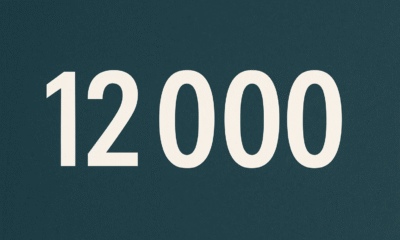
 Nyheter2 veckor sedan
Nyheter2 veckor sedan
